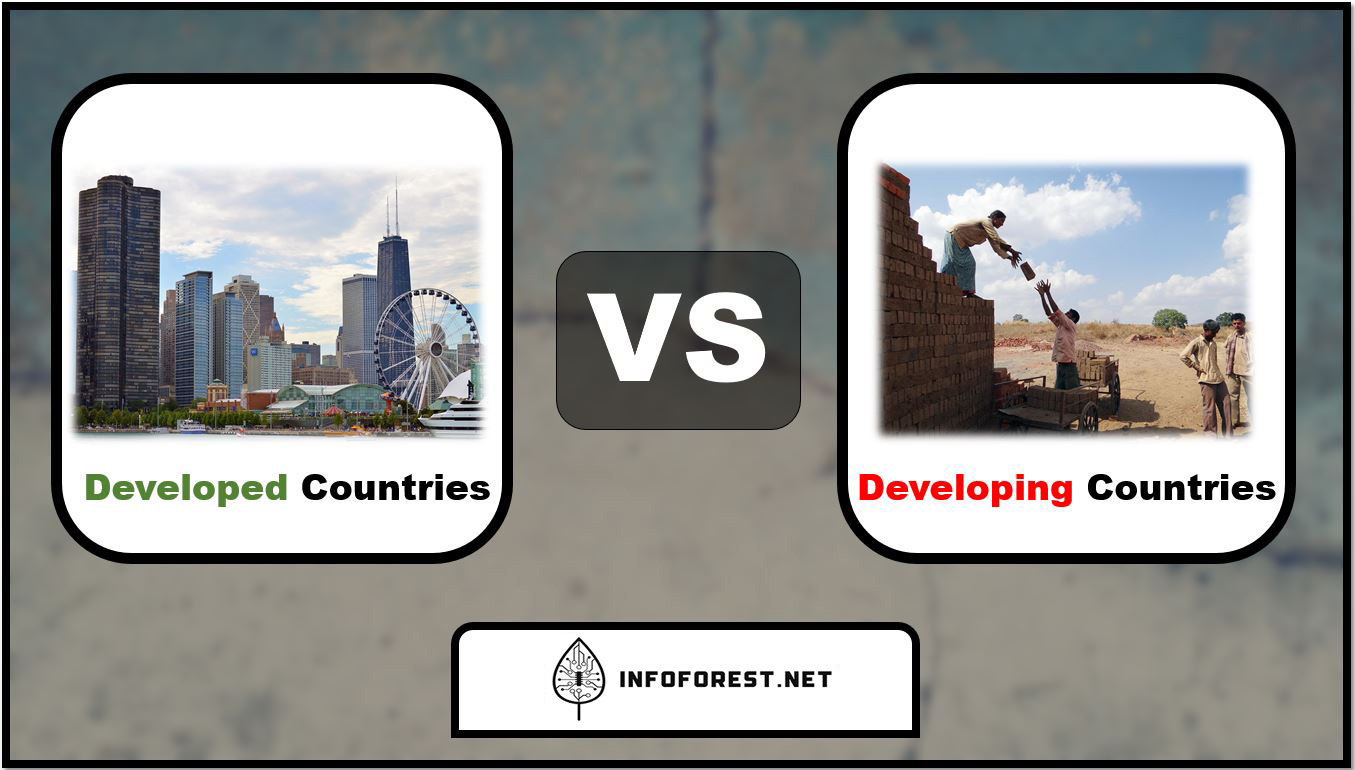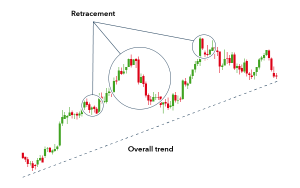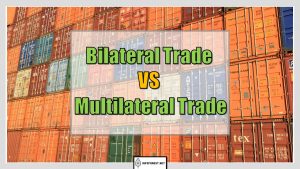
Countries of the world are classified by various terms to describe the level of infrastructure present. These include terms such as developed, developing, less developed, underdeveloped, and undeveloped. It is difficult to quantify the difference between developed and developing countries, but the gross domestic product (GDP) or gross national income (GNI) per capita are the parameters we commonly use to measure a country’s economic development, and this classification system is meant to show which countries are prosperous and able to help other countries, and which countries need the help of other countries.
But what makes a country a developed country?
According to the United Nations, developed countries are industrialized, have a high standard of living, and have rapid economic growth. They also have low poverty and unemployment rates and relatively even income distribution.
Developed Countries
Developed countries generally have advanced technological infrastructure and diversified industrial and service sectors; citizens have access to good health care and higher education. In addition, these countries generally have advanced post-industrial economies.
Whether a country is developed or not depends on a number of factors, such as political stability, gross domestic product (GDP), level of industrialization, social programmers, infrastructure, and citizen freedoms. The World Bank considers any country with a gross national income (GNI) per capita of $12,536 or more to be high-income and therefore developed. The remaining countries are considered developing because they haven’t yet reached this threshold. When assessing the level of development of an economy or country, non-economic factors such as the Human Development Index (HDI), which combines a country’s level of education, literacy, and health into a single figure, may also be taken into account.
Developed countries – Example
The latest United Nations Development Report was released in December 2020 and calculates HDI scores based on 2019 estimates. Below is the list of countries with “very high levels of human development”.
Norway-Ireland-Switzerland-Iceland-Hong Kong, China-Germany
Sweden-Australia-Netherlands-Denmark
Developing Countries
According to the UN, developing countries are countries whose standard of living, gross national income (GNI), gross domestic product (GDP), and level of industrialization are approximately below average; have relatively little access to modern technologies; have an underdeveloped industrial base, and have a moderate to low human development index (HDI). This index is a comparative measure of poverty, literacy, education, life expectancy, and other factors for countries around the world. According to the UN, 126 countries were classified as “developing” in 2020. All developing countries are located in Africa, Asia, Latin America, and the Caribbean, and developing countries have tended to have higher growth rates than developed countries since the late 1990s. These countries typically have a gross national product of less than $1,890 per capita (as defined by the World Bank in 1986).
Most Viewed Articles
Developing Countries – List
According to the IMF definition, there are 152 developing countries. The following is a list of countries that are considered developing countries:
Afghanistan
Albania
Algeria
American Samoa
Angola
Antigua and Barbuda
Argentina
Armenia
Azerbaijan
Bangladesh
Belarus
Belize
Benin
Bhutan
Bolivia
Bosnia and Herzegovina
Botswana
Brazil
Bulgaria
Burkina Faso
Burundi
Namibia
Nepal
Nicaragua
Niger
Nigeria
Pakistan
Palau
Panama
Papua New Guinea
Paraguay
Peru
Philippines
Romania
Russian Federation
Rwanda
St. Vincent and the Grenadines
Sudan
Suriname
Swaziland
The Syrian Arab Republic
St. Lucia
Togo
Cambodia
Cameroon
Cape Verde
The central African Republic
Chad
Chile
China
Colombia
Comoros
Congo, Dem. Rep
Congo, Rep.
Costa Rica
Côte d’Ivoire
Cuba
Djibouti
Dominica
Dominican Republic
Ecuador
Egypt, Arab Rep.
El Salvador
Eritrea
Ethiopia
Fiji
Gabon
The Gambia
Georgia
Ghana
Grenada
Guatemala
Guinea
Guinea-Bissau
Guyana
Samoa
São Tomé and Principe
Senegal
Serbia
Seychelles
Sierra Leone
Solomon Islands
Somalia
South Africa
Sri Lanka
St. Kitts and Nevis
Haiti
Honduras
India
Indonesia
Iran, Islamic Rep.
Iraq
Jamaica
Jordan
Kazakhstan
Kenya
Kiribati
Korea, Dem Rep.
Kosovo
Kyrgyz Republic
Lao PDR
Latvia
Lebanon
Lesotho
Liberia
Libya
Lithuania
Macedonia, FYR
Madagascar
Malawi
Malaysia
Maldives
Mali
Marshall Islands
Mauritania
Mauritius
Mayotte
Mexico
Micronesia, Fed. Sts.
Moldova
Mongolia
Montenegro
Morocco
Mozambique
Myanmar
Tajikistan
Tanzania
Thailand
Timor-Leste
Comparison Table for Differences Between Developed And Developing Countries
| Point of comparison | Developed countries | Developing countries |
| Definition | Developed countries are countries that have a high standard of living, high gross national income (GNI), high gross domestic product (GDP), and high industrialization. | developing countries are countries whose standard of living, gross national income (GNI), gross domestic product (GDP), and level of industrialization are approximately below average |
| Standard of Living | Above average | Below average |
| Growth | Fast and up-to-date industrial growth | It depends on the infrastructure of that country |
| The main source of income | Nearly equal | Unequal |
| Distribution of Income | Industrial sector | Service sector |
| GDP (Gross Domestic Product) | highest GDPs | Low values |
| HDI (Human Development Index) | highest HDI | Low values |
| Technology | High and convenient access | middle level or lower |
| Facilities | High and convenient access | middle level or lower |
Summary
A developed country will always stand on its own feet, and it will prosper even if it does not receive much outside help. A developing country needs a lot of help in many different areas to function effectively.
Developing countries are countries that do not have an industrial infrastructure of the quality of developed countries. But when we talk about developed countries, they have extensive and developed infrastructure, and therefore most of their income comes from industry.
We also invite you not to miss our other popular articles such as Race vs Ethnicity, How Many Teaspoons in a Tablespoon, How To Delete Instagram Account, Difference between Micro and Macro Economics, and Difference Between Management and Administration.









